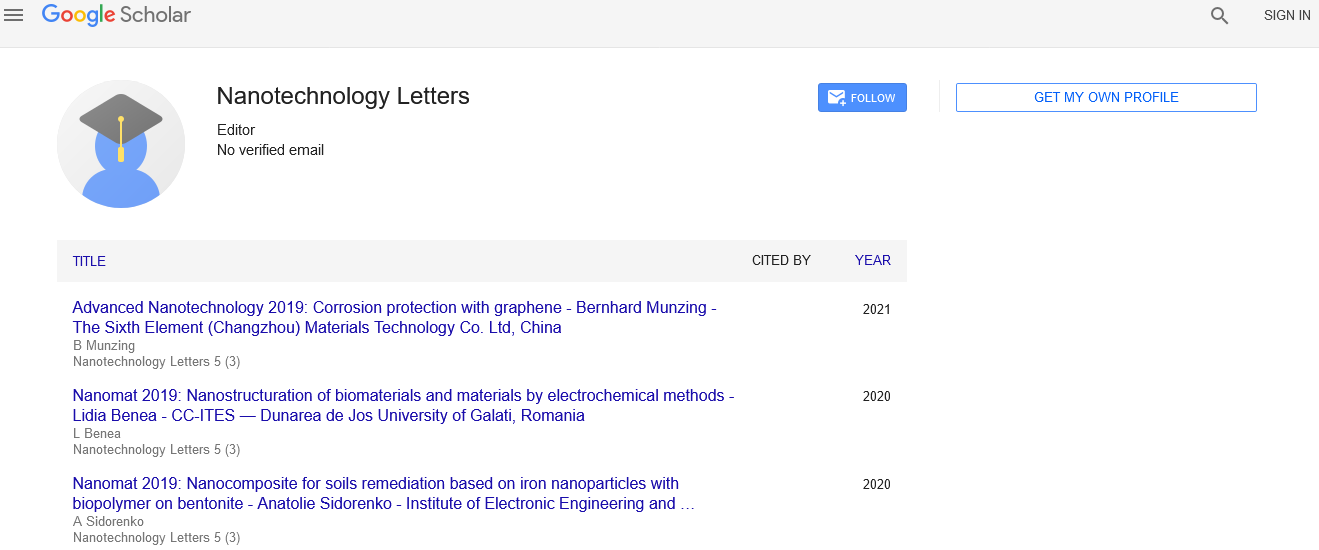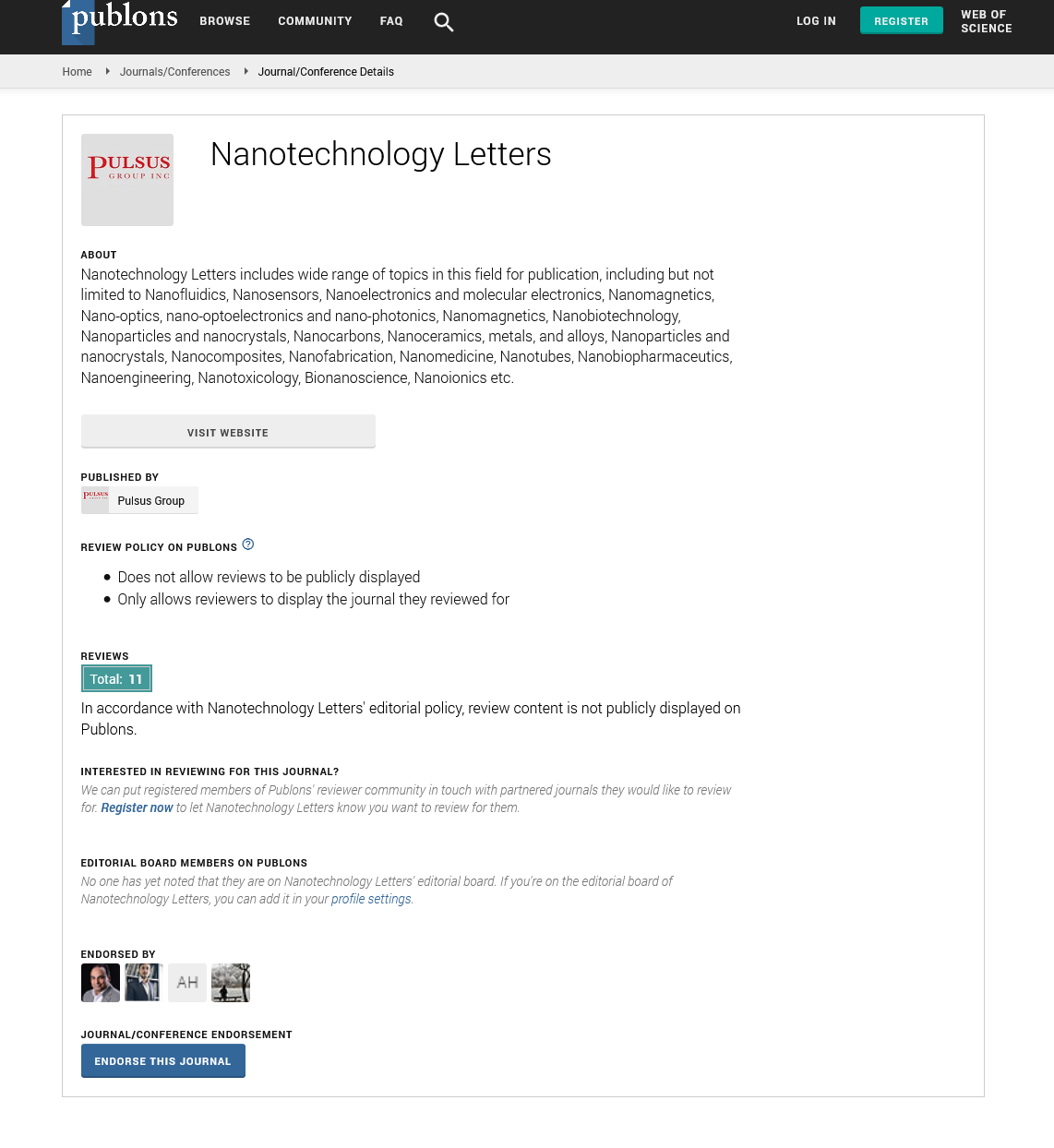Graphdiyne-tuned interfacial properties for highly-efficient perovskite solar cells
Received: 04-Jan-2022, Manuscript No. pulnl-22-29502; Editor assigned: 07-Jan-2022, Pre QC No. pulnl-22-29502 (PQ); Accepted Date: Jan 27, 2022; Reviewed: 22-Jan-2022 QC No. pulnl-22-29502 (Q); Revised: 25-Jan-2022, Manuscript No. pulnl-22-29502 (R); Published: 28-Jan-2022, DOI: 10.37532. pulnl-22-2952.
Citation: Qingdao Institute of Bioenergy and Bioprocess Technology, CAS, Qingdao, 266101, China
This open-access article is distributed under the terms of the Creative Commons Attribution Non-Commercial License (CC BY-NC) (http://creativecommons.org/licenses/by-nc/4.0/), which permits reuse, distribution and reproduction of the article, provided that the original work is properly cited and the reuse is restricted to noncommercial purposes. For commercial reuse, contact reprints@pulsus.com
Abstract
The interfacial properties play a crucial role in determining the performance of perovskite solar cells. We reported the effect of graphdiyne doped into both electron and hole transport layers of perovskite solar cells with an inverted structure based on MAPbI3. A peak power conversion efficiency beyond 20% was obtained with J-V hysteresis and stability remarkably improved. It reveals that the employment of doping graphdiyne not only brings out an increase of electrical conductivity, electron mobility, and charge extraction ability in the interfacial layers, but improves film morphology of the electron transport layers and reduces charge recombination which contribute to an enhanced fill factor. Later, we first employed certain amount of graphdiyne (25%) as a host material in perovskite solar cells, which is reported to successfully push the device efficiency up to 21.01%, achieving multiple collaborative effects of highly crystalline qualities, large domain sizes and few grain boundaries. Furthermore, the current-voltage hysteresis was neligible, and device stability was appreciably improved as well. It is found that graphdiyne, as the host active material, significantly affects the crystallization, film morphology and a series of optoelectronic properties of perovskite active layer, exhibiting promising applications in the field of solar cells. This study indicates that applying graphdiyne is a promising strategy to optimize the performance of perovskite solar cells
Biography
Prof. Tonggang Jiu obtained his PhD in chemistry from Chinese Academy of Sciences (CAS) in 2006 (supervised by Prof. Yuliang Li, the academician of CAS). From 2007 to 2008, he worked as postdoctoral researcher associate in CEA Grenoble, France. Later, he continued his research on the hybrid impact ionization quantum dot solar cells at Eindhoven University of Technology, the Netherlands under the guidance of Prof. Rene Janssen. In 2010, he joined the University of Alberta working on the characterization and synthesis of nanostructured photovoltaics. Since Feb., 2017, he has been serving as a professor and the leader of Carbon Based Energy Conversion Materials Research Team at Qingdao Institute of Bioenergy and Bioprocess Technology, CAS. He has published over 60 research papers in reputed journals (J. Am. Chem. Soc., Angew. Chem. Int. Ed., Nano Lett., Nano Energy, etc).
REFERENCES
- Ahmad S, Yu W, Lu R, et al. Formamidinium-incorporated Dion-Jacobson phase 2D perovskites for highly efficient and stable photovoltaics. J Energy Chem. 2021 1;57:632-8.
Google Scholar Crossref - Liu R, Li Z, Chen C, et al. The possible side reaction in the annealing process of perovskite layers. ACS Appl Mater Interfaces. 2020 14;12(31):35043-8.
Google Scholar Crossref - Zhang G, Zhang Y, Chen S,et al. Improved interfacial property by small molecule ethanediamine for high performance inverted planar perovskite solar cells. J Energy Chem. 2021 1;54:467-74.
Google Scholar Crossref






